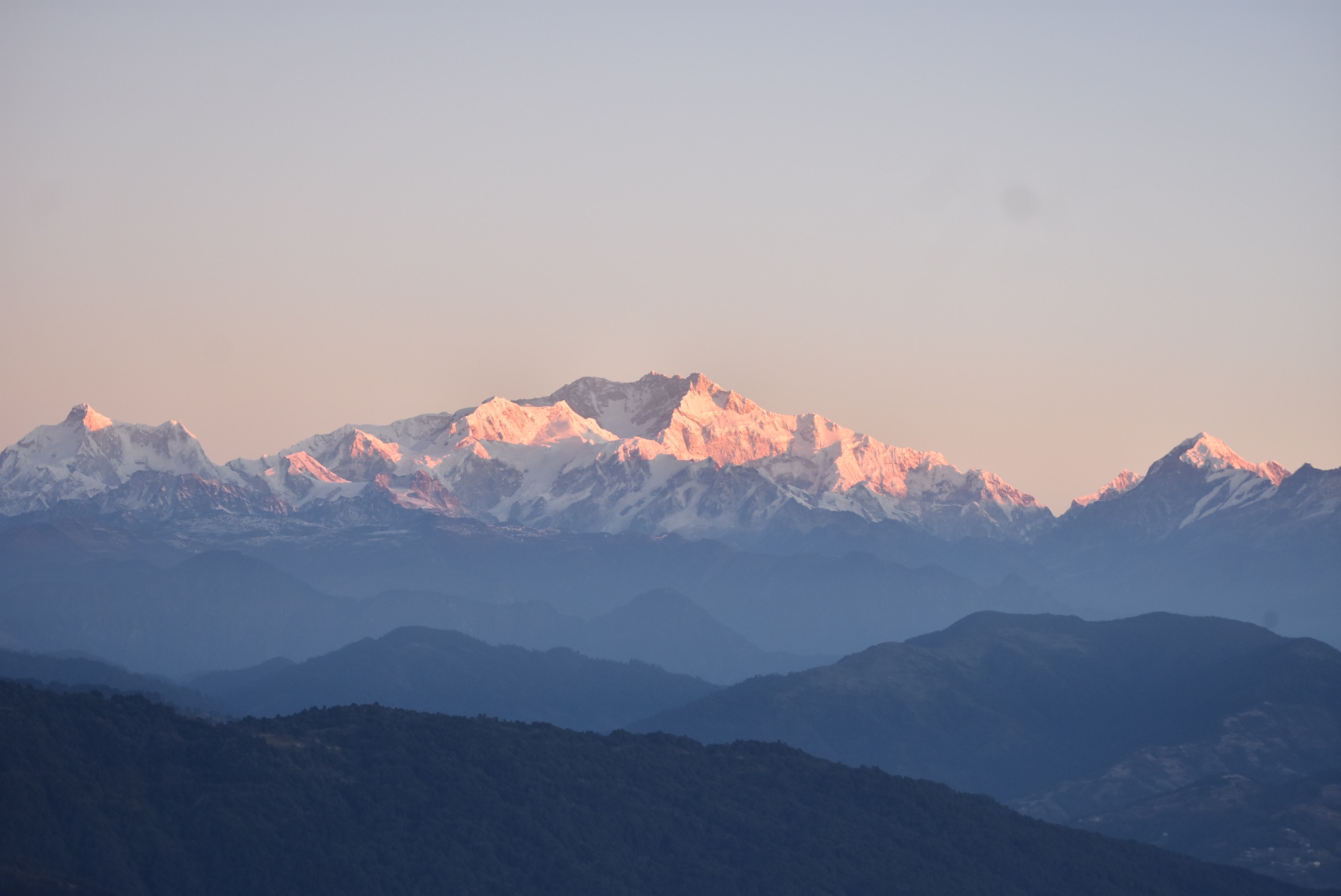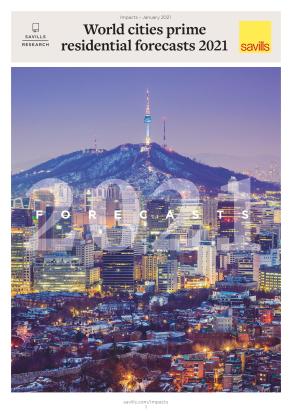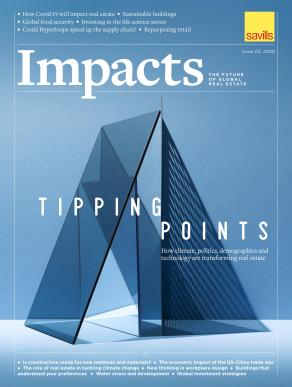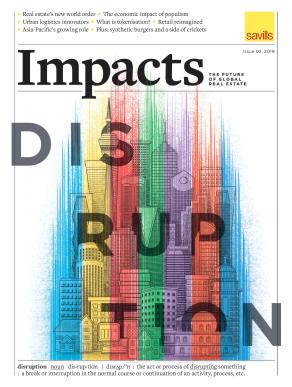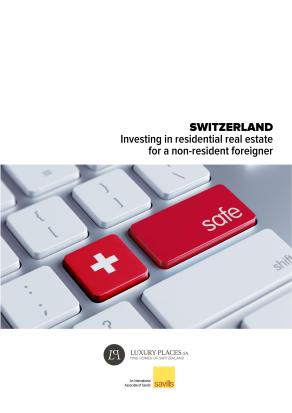Luxury Places specializes in buying, selling and promoting exceptional properties and does not deal with anything outside this very specific segment. We can thus guarantee vendors a perfect positioning for their property, while buyers are only shown properties in keeping with their search criteria.
Luxury Places works exclusively with local and international clients, High Net Worth Individuals (HNWI), looking to acquire a main residence or a holiday home. We propose a large selection around 200 luxury properties in the region. Our clients are highly exceptional and so are the properties we sell, each treated individually so as to guarantee vendors and buyers maximum service with minimum inconvenience.






